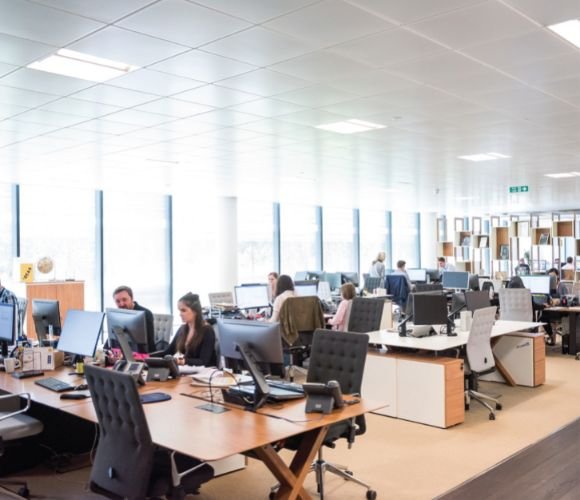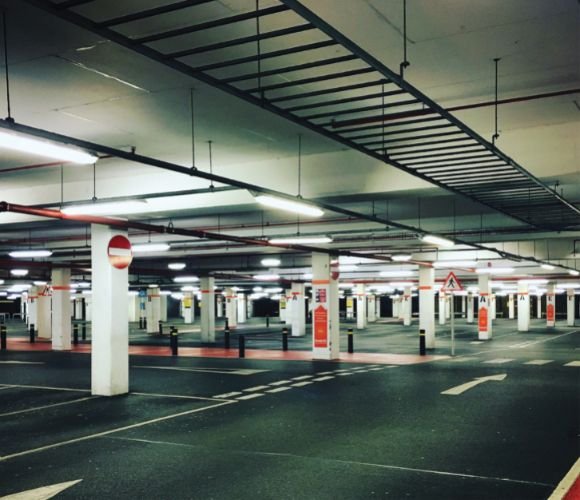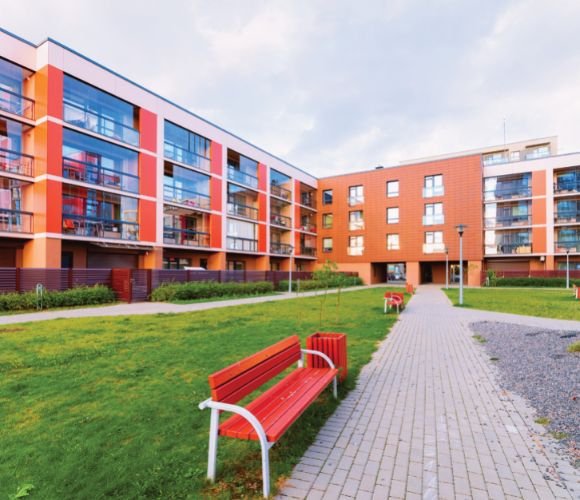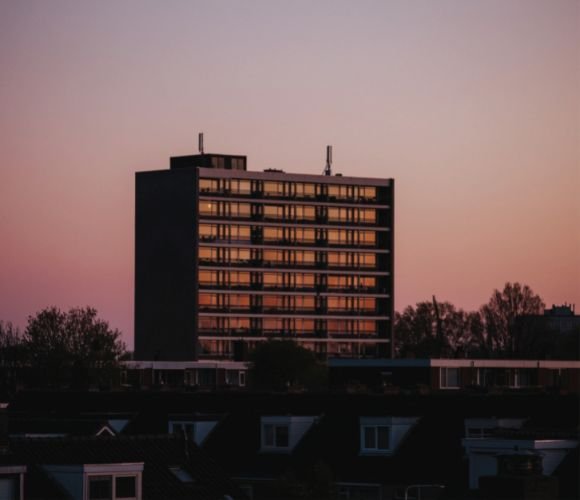Office sensors help companies improve the overall efficiency of spaces and processes by capturing and measuring usage and occupancy data such as the number of people in a given room, how much time workers spend at their desks, and how frequently employees pass through spaces. With the right information at hand, companies can re-engineer under-utilized spaces to be more accommodating to the demands of employees.
Let’s say your office has three large conference rooms designed for 10 people with a large table and single projector. But those spaces are constantly booked by smaller groups of two to four people, and teams are regularly struggling to reserve a time. Motion sensor solutions for Offices let you know how many people are in a room at any given time and for how long. You can then use that information to determine that perhaps six smaller meeting rooms designed for up to four employees, all outfitted with AV equipment, is the solution.






